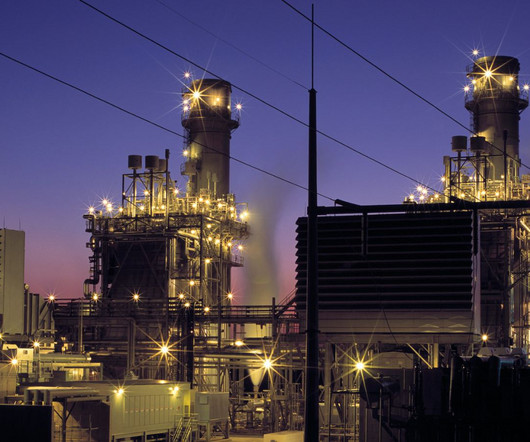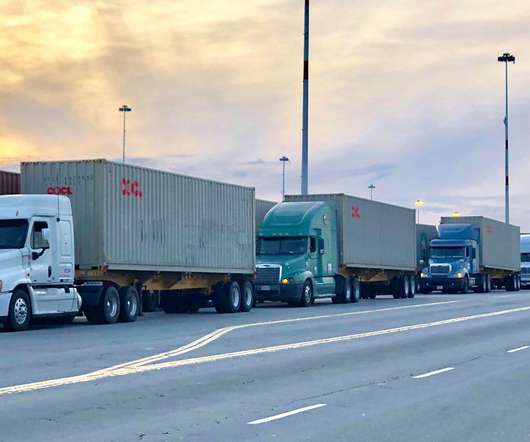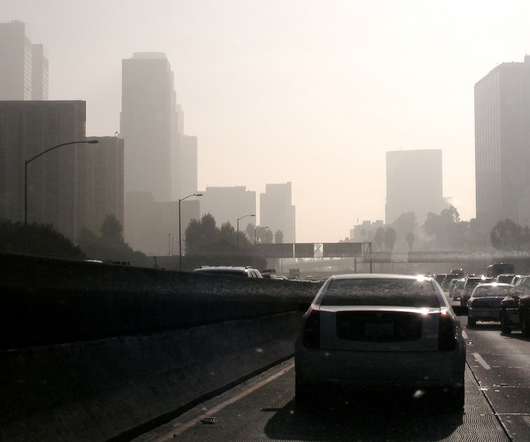Diesel is the Reason for the Sneezin’: Cleaner Holiday Deliveries are on the Horizon
Union of Concerned Scientists
DECEMBER 21, 2023
How would that change if I hopped on the electric bus route at the end of my block? But while greenhouse gas emissions may be reduced, a delivery fulfilled by a diesel-burning truck may lead to increases in emissions of smog-forming nitrogen oxides and lung-damaging particulate matter.




















Let's personalize your content